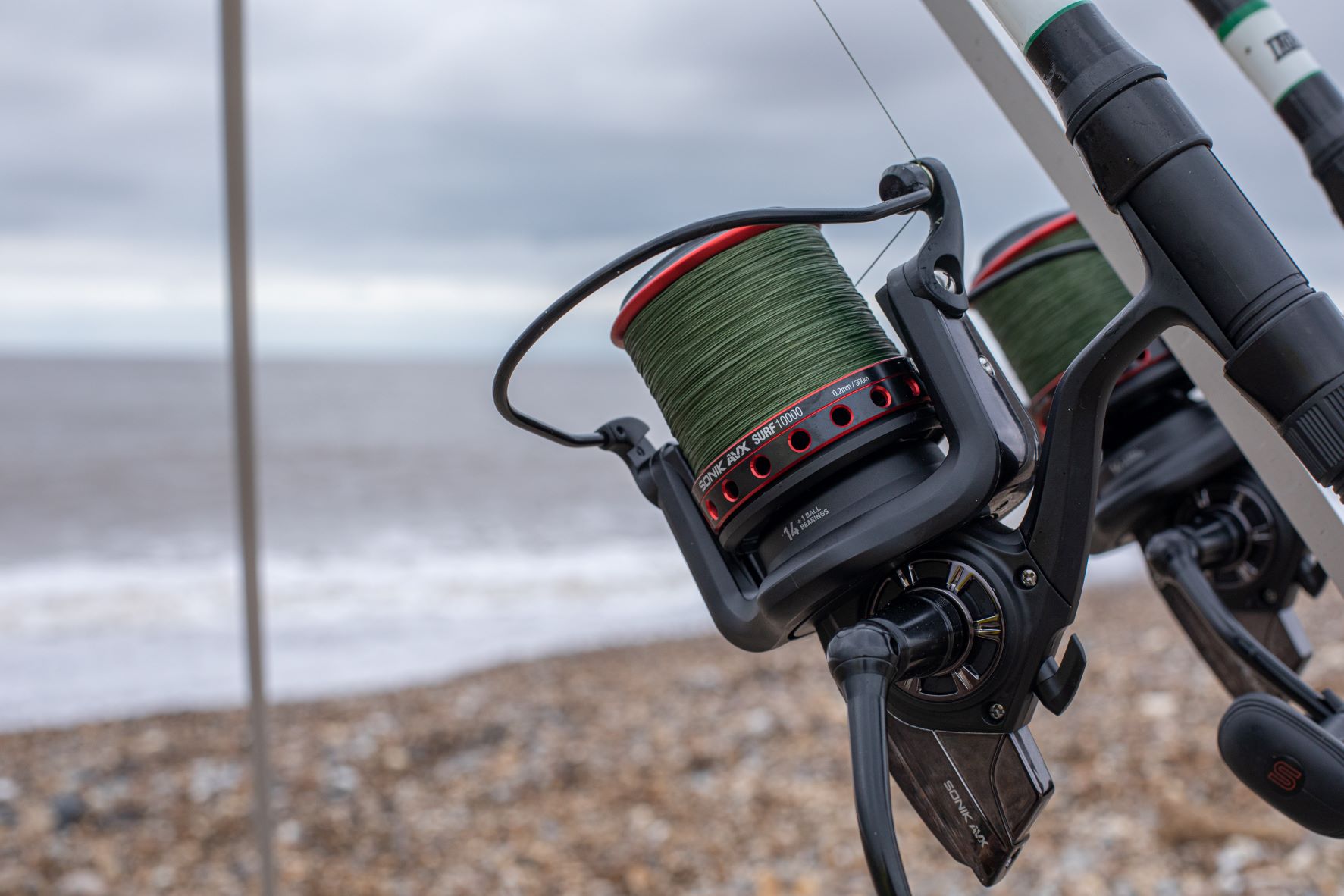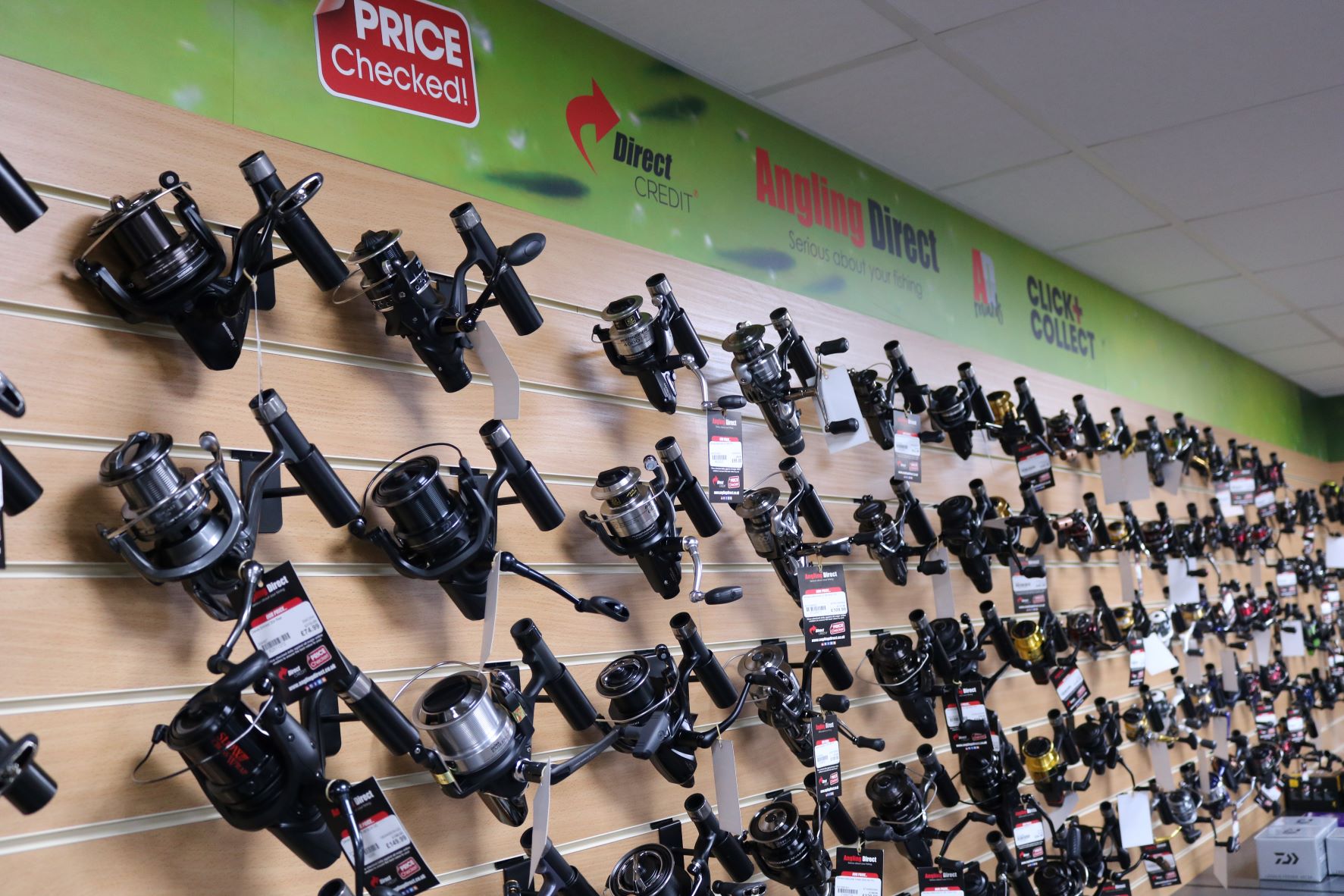The Ultimate Buyers Guide to Fishing Reels
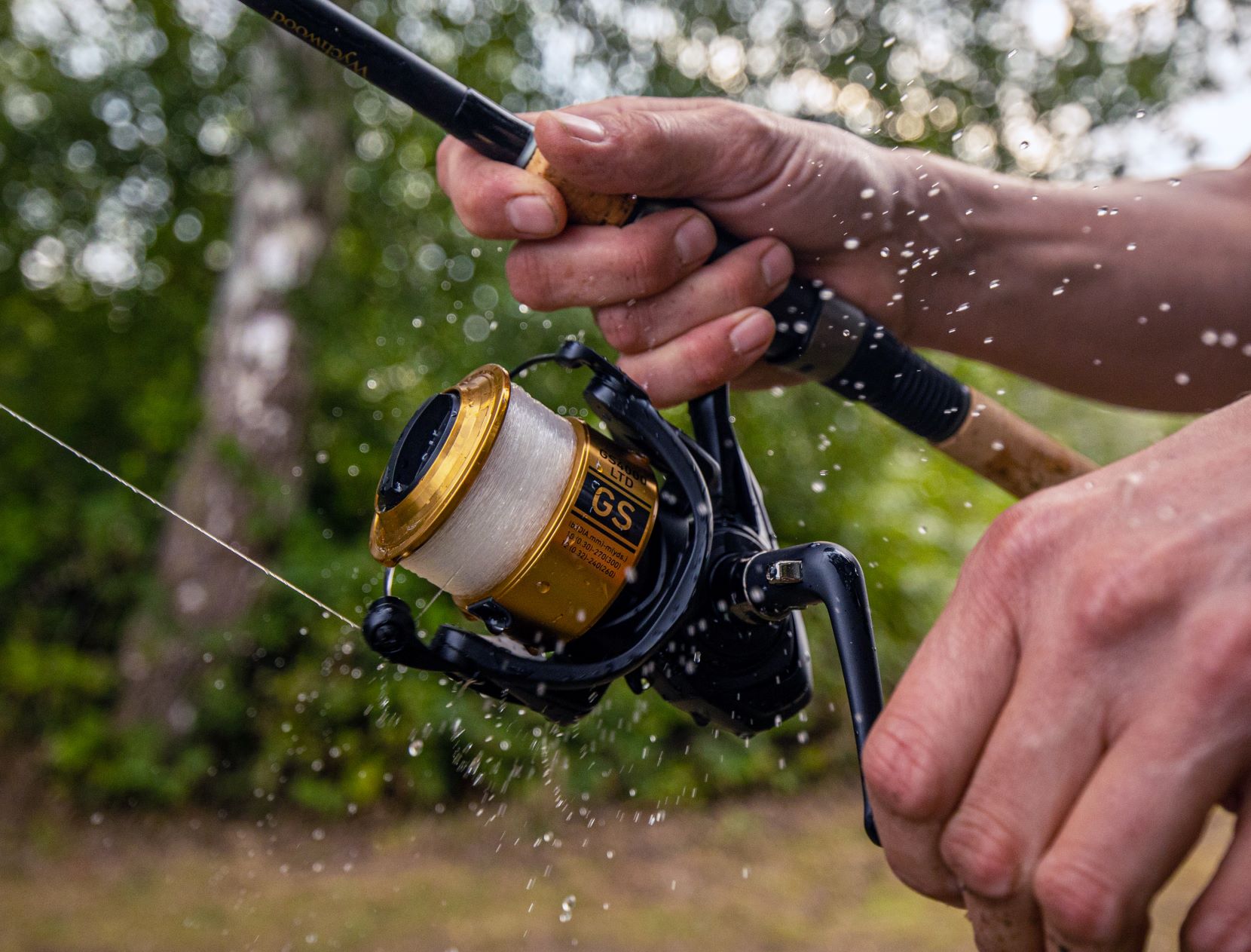
Fishing reels are one of the areas of angling that benefit from the most technological growth. The market is continually striving to create lighter weight and higher strength performance pieces to improve your time on the bank. Such technological advances can be just as overwhelming for an experienced angler as it can be for a novice angler, with terminology changing almost a quickly as carp fishing fashion! You can use this short guide to help you sift through the jargon and find the perfect reel for you.
What To Look For In A Fishing Reel
There are lots of different reels out there, each with its own specific uses, so you might see some of these terms on some reels but not on others. However, there are some terms that run true across the disciplines: the spool, which is the area that the line is wound around, and the frame, or the body of the reel.
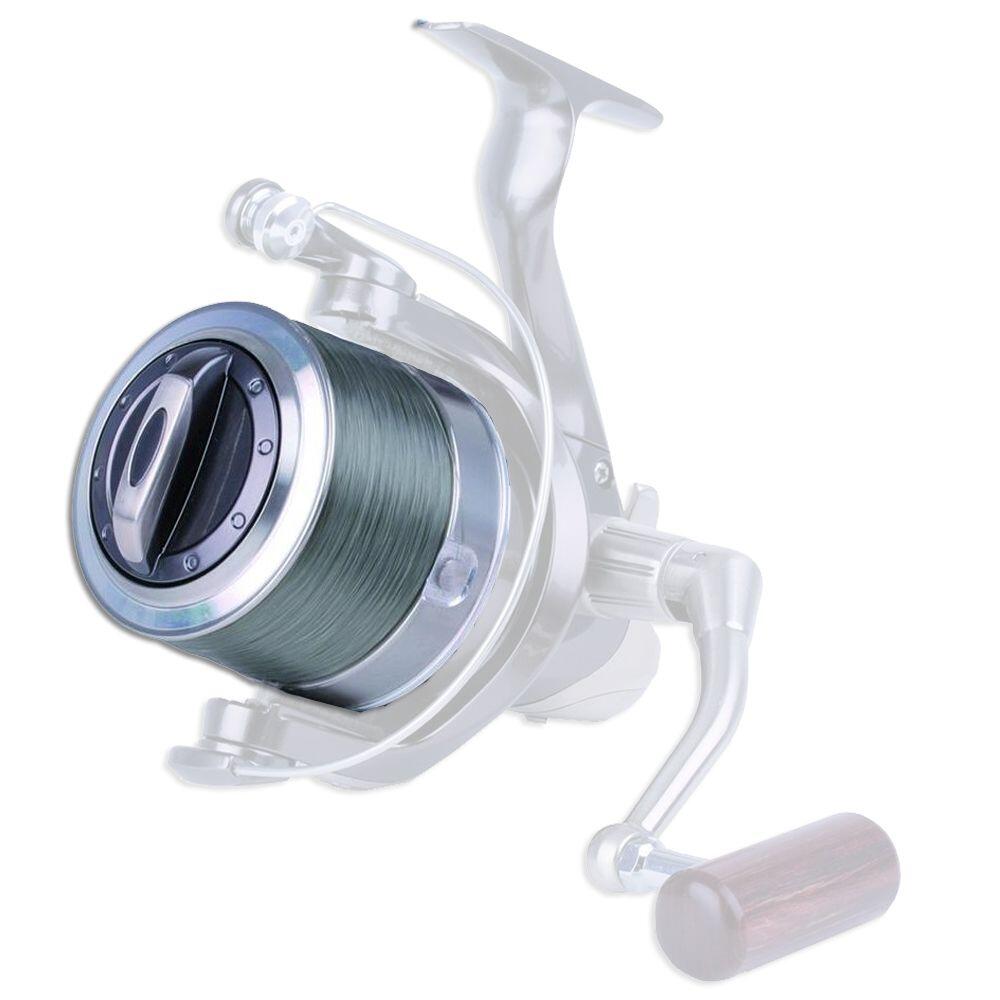
Material of the Reel Frame
Most reels will boast a frame manufactured from a high-performance carbon material. The type of carbon used changes depending on the price and all manufacturers use their own coding systems to define the quality of carbon they use. For example, Shimano’s top-end reels use Ci4 in their framework whereas Daiwa reels will use Air Metal or Zaion – which are magnesium-based. These are just two examples, taken from the fixed spool market, and you’ll see lots of different terms across the disciplines. Most lower-end reels will rely on a carbon composite or graphite material. Fly and centrepin reels will often use aero-grade aluminium rather than a carbon-based material, so it really does depend on what sort of angling you’re doing when you’re looking at the qualities that matter to you.
Reel Weight
Regardless of the material used, the things you want to look for are how much the reel weighs and the reel’s torque resistance (or rigidity). These two factors will go a long way to determining how well it will perform over an extended period of time and in particularly intensive situations. It is important to note that the spool of the reel might well be manufactured from a different material to the body, too.
Gears and Rotor
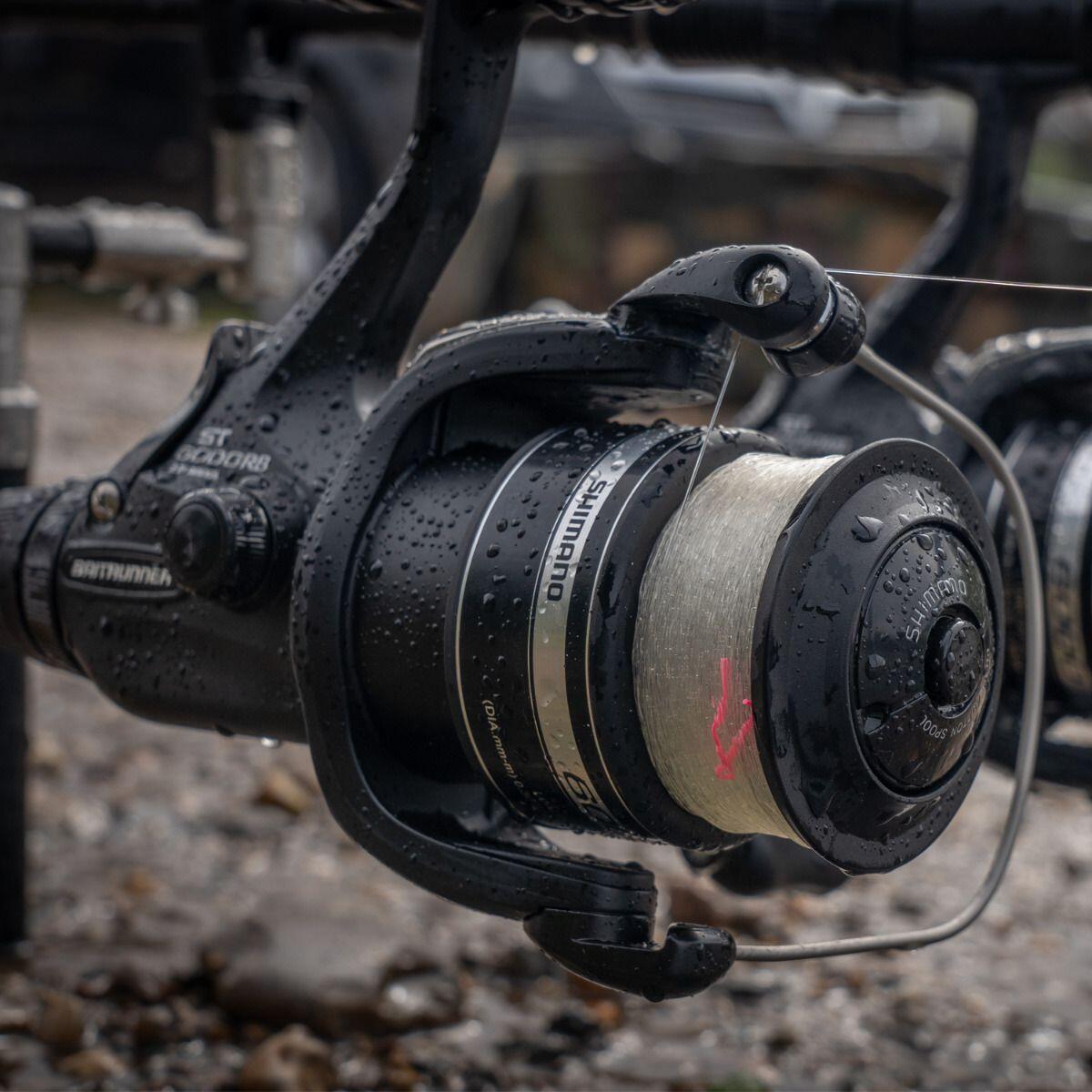
The frame and spool material are just the beginning when it comes to reel construction, as the real magic happens with the internal mechanisms. Most reels will use some form of rotor and gearing to get their spool turning. With the internal reel mechanisms, it is often just as important to look for a reel that boasts precision and alignment as it is to look for a reel that boasts strength or durability. More often than not, the two will come hand in hand and a reel with perfectly aligned gears and rotor will be stronger and more durable than a poorly aligned reel. This is because the alignment of your gears determines the amount of power you’re able to exert through your handle into your reel, which greatly affects your retrieval power.
Bearings
These play a huge part in reel quality and longevity. You’ll usually see a number of bearing options listed on your reels, including stainless steel bearings, roller bearings (often abbreviated to RB), and corrosion-resistant ball bearings (or CRBB). These all work by reducing the pressure points on the internal reel components, which in turn reduces the fiction. The effects of this are two-fold. Firstly, this ensures that your reel is smooth running, giving a cleaner cast and a more pleasant retrieve. Secondly, this maintains the life of the reel as it reduces the wear and tear on key components. This is especially useful in saltwater reels, which are sensitive to corrosion from sea salt, but is also an important factor in freshwater reels, which can pick up grit and other small particles. These types of ball bearings are most commonly seen on the multiplier and fixed spool reels, with higher quality reels tending to employ a greater number of bearings. You might also see that your reel has an ‘anti-reverse ball bearing. This is sometimes known as a one-way bearing or a clutch bearing and it works to prevent rearward back play on the handle.
Line Lay
This refers to the way the line sits on the spool. Even line lay is preferable, no matter what style of angling you enjoy, as it has a serious impact on your casting ability. Fishing lines and reels come hand in hand, with one impacting on your choice of the other and both being determined by the style of fishing you want to enjoy.
Other features to look out for are the type of dragging the reel offers (particularly if its rear drag operated or front drag operated in the case of fixed spool reels), if its freespool or whether it’s a single or double handle, and the gear ratio.
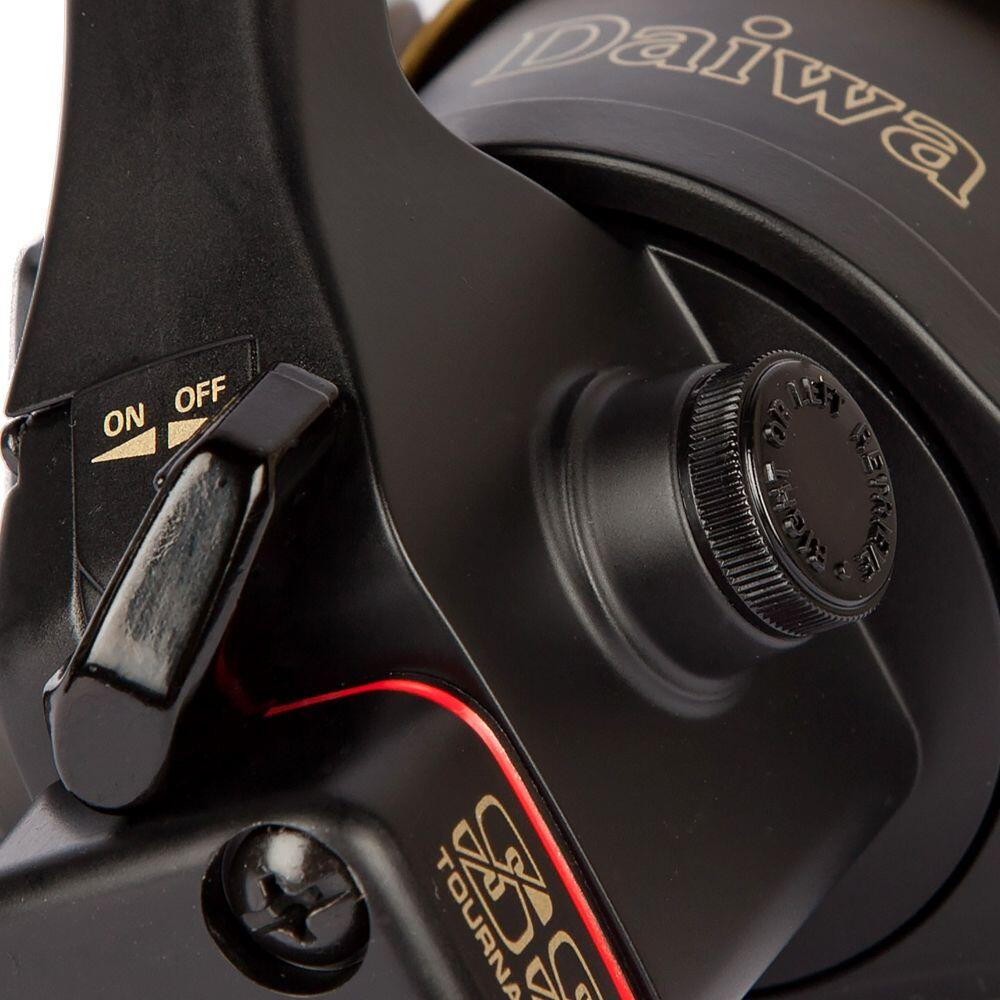
Types of Fishing Reels
Choosing a reel is equally as important as picking the right fishing rod as a well-balanced rod and reel set-up is important to see the carp angler fishing effectively.
Freespool Reels
The freespool is a very popular feature as it allows the line to pull from the spool freely when a carp strikes, only disengaging when the angler turns the reel handle, this means that rods can be left in the rest safely whilst waiting for a bite, with no chance of the rod being pulled in! The freespool feature can often be set to different tensions, as if you’re fishing near snags you will want the tension set higher than if fishing open water.
Fixed Spool Reels

Ideal for the absolute beginner angler and beach fishing, fixed spools are simply a non-moving spool pointing forwards, making them one of the easiest reel types to use no matter your level of fishing experience. Unlike multiplier reels, fixed spool reels are less likely to cause line tangles and are available in a wide range of performance abilities.
Big Pit Reels
The big pit reel is a name given to reels with large line capacities. These type of reels are often bigger in size and feature large spools designed for distance casting, on some high end reels, you will find a big pit reels with a freespool facilities.
Baitcaster Reel
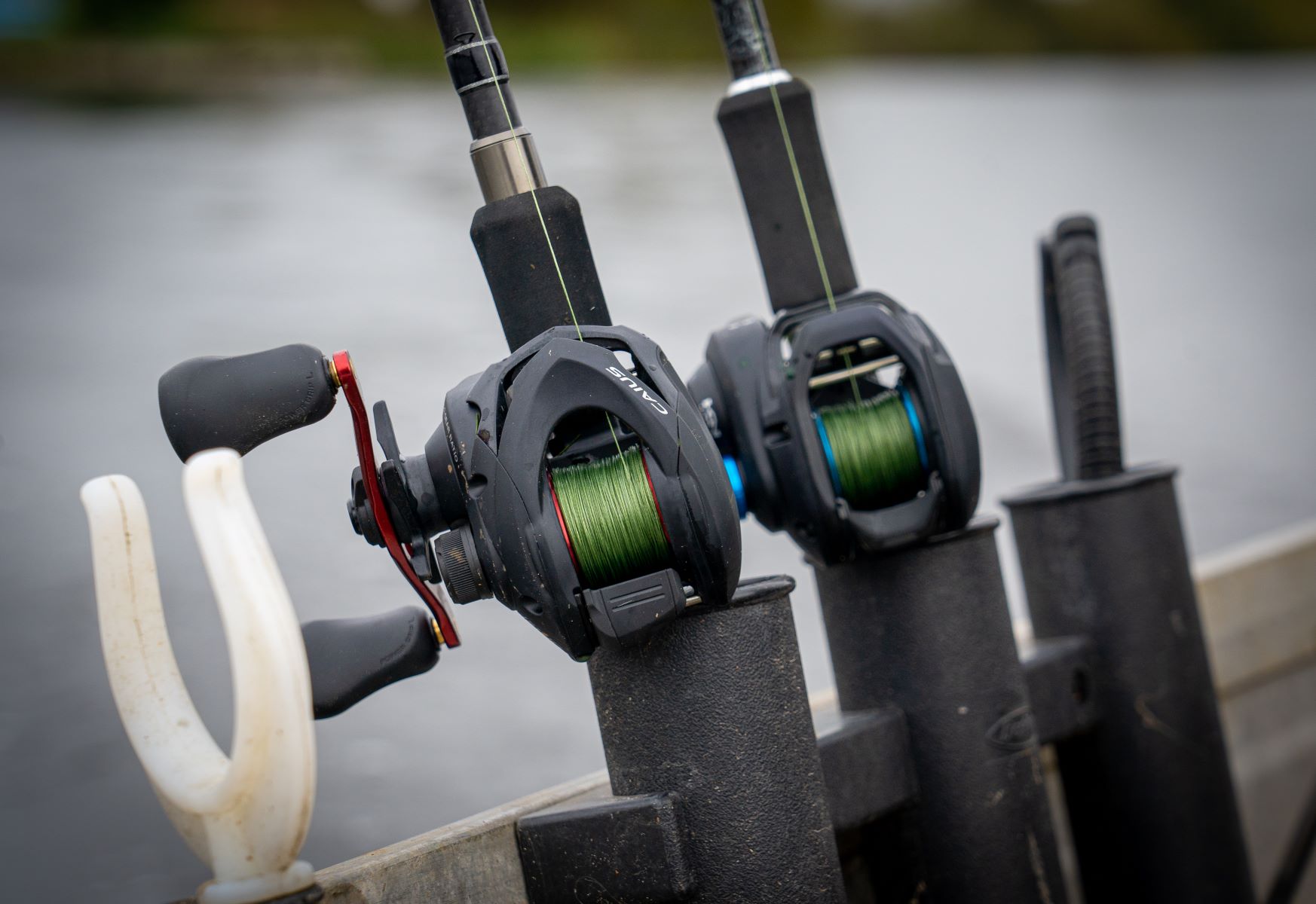
Bait casting reels are great for predaotr anglers and those for experiences with bait casting methods. The baitcaster reel sits on top of the rod so the spool is parallel to the rod. It differs from offer reel designs as the line on a baitcaster reel comes off the spool directly in line with the rod whereas most lines come off of a reel let away from rods.
Spincast Reels
Best for when you need to test the water depth, spincaster reels help beginner or junior anglers adjust the drag to control the resistance a fish will feel when on the other end of the line. This control is also used to cast your lures making it an ideal reel for predator fishing.
Spod Reels
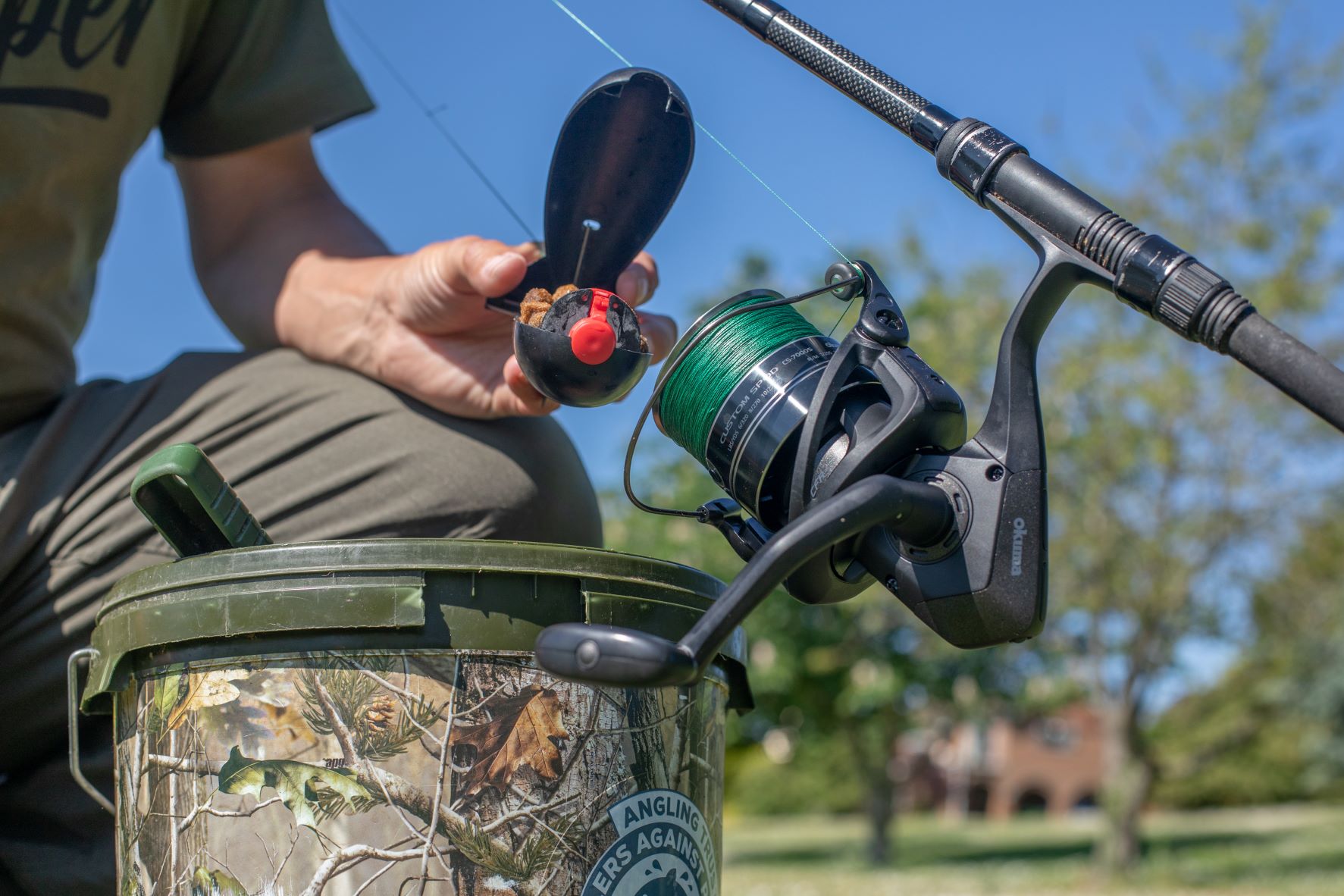
Specially designed to be used with a Spod feeding set up where anglers deliver a plethora of bait with a rocket-shaped mechanism attached to the line, spod reels can be used in carp angling but is best for bait delivery rather than fighting specimens.
Centrepin Reels
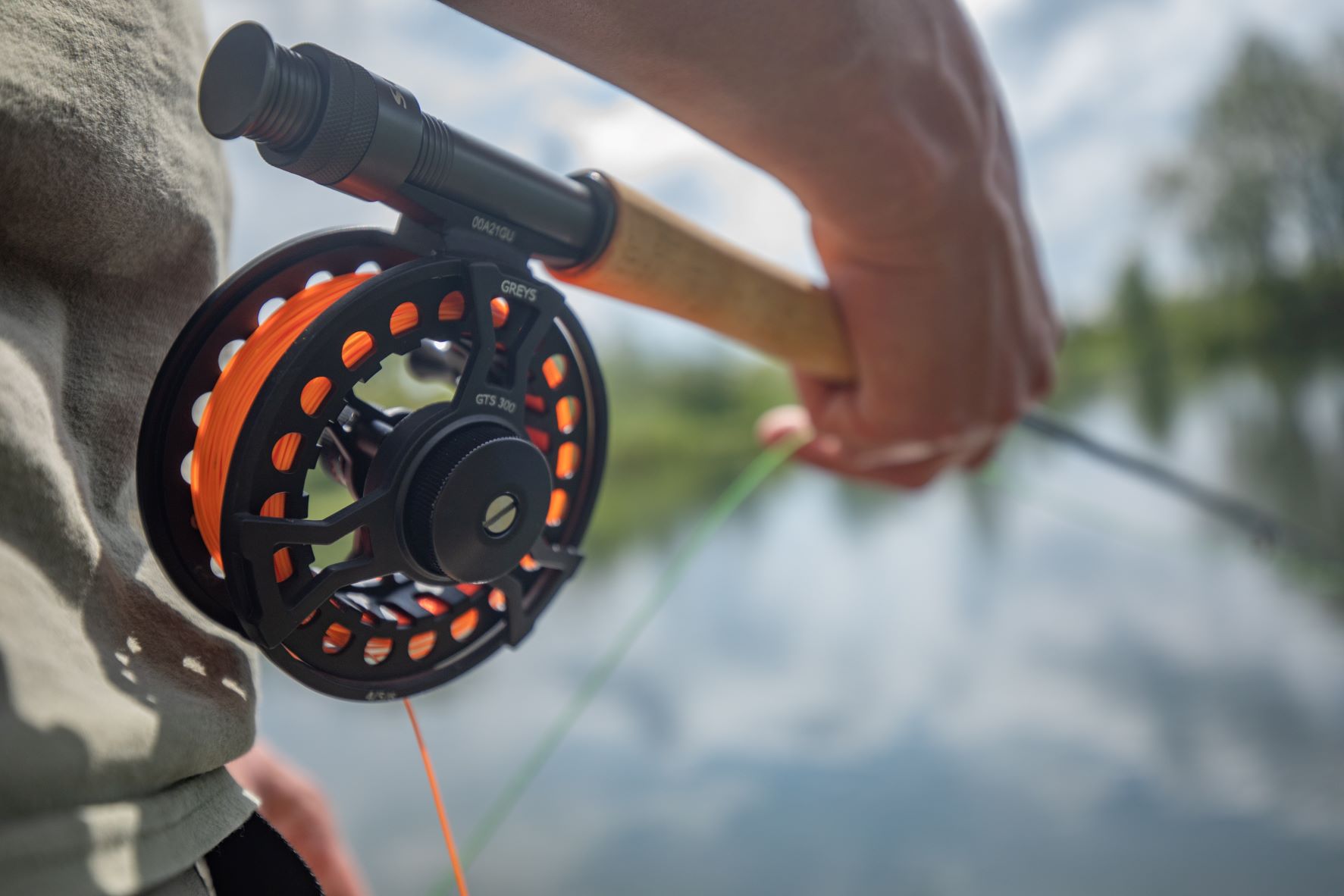
These rotate around a centre pin or spindle, offering a lightweight setup that gives an incredibly smooth performance. Most centrepin reels operate on a zero-drag system, meaning that the angler has full control over the speed of their spool, usually controlled by the angler’s thumb. Centrepin reels are classified based on the diameter of their spool, which is usually written in terms of inches. Another of the benefits of fishing with a centrepin is its exceptionally low maintenance.
Drag Reels
Similar in appearance to centrepin reels but equipped with a drag system, which not only prevents the spool overrun but also aids the angler when trying to reel in a hard fighting fish. These reels often operate on cassette systems and come supplied with multiple spools to allow you to spool up with multiple line types, picking the precise line that you need for the conditions on the bank.
Multiplier Reels
